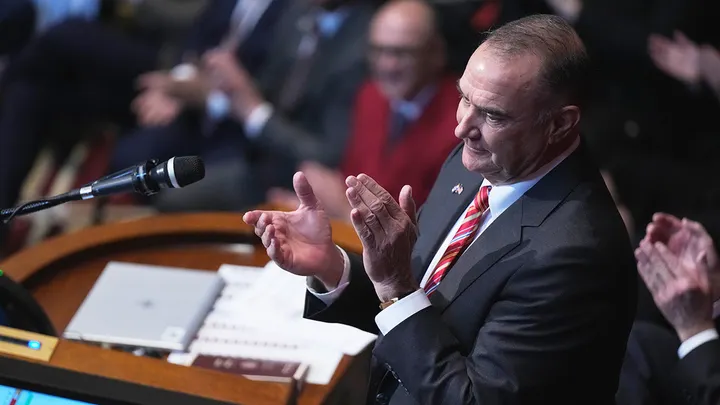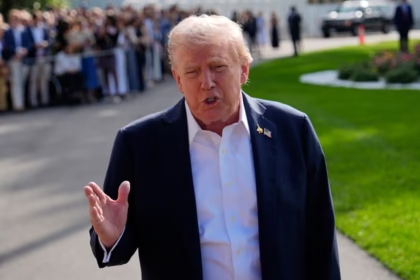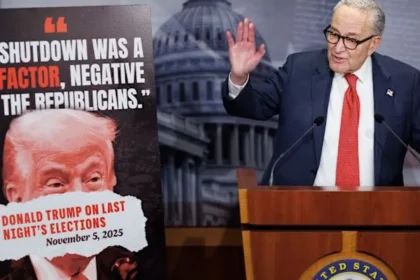Missouri has become the latest flashpoint in America’s partisan battle over congressional redistricting, with Republican Governor Mike Kehoe signing into law a Trump-backed map that could significantly reshape the state’s political representation.
The measure, dubbed the Missouri First Map, is designed to give Republicans a stronger foothold in Congress by potentially flipping a long-held Democratic district. Signed on Sunday, the law could hand Republicans an additional seat in the U.S. House of Representatives ahead of the 2026 midterm elections.
Trump’s Endorsement
Former President Donald Trump quickly celebrated the passage of the map in the GOP-controlled legislature, calling it “FANTASTIC” in a social media post. He claimed the new boundaries would “help send an additional MAGA Republican to Congress in the 2026 Midterm Elections.”
The map shifts the boundaries of Democratic Representative Emanuel Cleaver’s Kansas City-area district eastward into more conservative rural territory. Political analysts predict that this change could flip the seat, giving Republicans a commanding 7-1 advantage in Missouri’s House delegation.
Democratic Pushback
Rep. Cleaver has vowed to fight back through legal means, saying the new map undermines fair representation. He warned, “If you fight fire with fire long enough, all you’re going to have left is ashes.”
Missouri House Minority Leader Ashley Aune echoed those concerns, accusing Republicans of deliberately manipulating district lines to “rig our maps and eliminate our representation in Congress.” Democrats argue the GOP’s aggressive redistricting strategy is less about reflecting Missouri’s population and more about cementing partisan power.
A National Trend
Missouri’s move mirrors similar efforts in other Republican-led states, most notably Texas, where lawmakers have redrawn districts to secure GOP gains. Meanwhile, Democrats in heavily blue California are pursuing a ballot initiative this November that would sideline the state’s nonpartisan redistricting commission and return map-drawing authority to the legislature, giving Democrats greater control.
Both parties are leaning into mid-decade redistricting—rare but not unprecedented—as they seek to protect and expand their narrow margins in Congress. For Republicans, the strategy is clear: strengthen their slim majority in the House to withstand the political headwinds that often cost the ruling party seats during midterm elections.
Trump and his political team are determined to avoid a repeat of 2018, when Democrats reclaimed the House majority during his first term. The redistricting push represents a proactive attempt to secure more favorable terrain heading into 2026.
Missouri’s Shift to the Right
Once considered a swing state, Missouri has trended steadily Republican over the past 15 years, making it fertile ground for a GOP-friendly redistricting effort. With the new map in place, Democrats face an uphill battle in maintaining influence within the state’s congressional delegation.
Still, the fight is far from over. Cleaver’s promise of legal action could draw the courts into yet another heated redistricting dispute, adding Missouri to a growing list of states where political maps have become legal battlegrounds.
The Bigger Picture
The Missouri First Map is more than a local political maneuver—it’s a piece of a national strategy with long-term implications for control of Congress. Both parties understand that even a single seat could tip the balance in a chamber as closely divided as the House.
For Republicans, the map represents a tactical win and a chance to solidify dominance in a state that has increasingly embraced conservative politics. For Democrats, it’s a stark reminder of the uphill struggle they face in both protecting their existing seats and countering GOP efforts across the country.
The coming legal battles in Missouri and California will likely shape the future of congressional representation well beyond 2026, setting the stage for one of the fiercest partisan clashes in recent history.











